Beluga’s rescue marks a hopeful milestone

The two Alaskan fishermen had stopped to examine a bald eagle when they noticed something sleek and gray in the Bristol Bay surf: a baby whale in the shallows, faintly whistling and clicking.
The beluga whale, already dehydrated and disoriented, soon swam away, but then circled back to shore.
The fishermen began making phone calls. In almost no time, marine specialists raced in. The Alaska SeaLife Center – a research and rehabilitation organization – grounded local flights, then settled the whale calf on an air mattress, draped him in wet towels and airlifted him toward safety.
“It was a nail-biting hour and a half,” SeaLife Chief Executive Tara Riemer Jones said. “They thought they lost him a couple times.”
But the baby beluga is a fighter, his handlers say. He survived the June 18 rescue and continues to recuperate, marking the first successful American rescue of a baby beluga whale on record.
Such a recovery is so rare that teams from around the country – including the Shedd Aquarium in Chicago, the Georgia Aquarium in Atlanta and SeaWorld in San Diego – have flown in to help with the calf’s around-the-clock feedings and care. The efforts cost more than $2,000 a day, Jones estimated.
The newborn was most likely separated from his mother during a fierce windstorm off the southwestern coast of Alaska, Jones said, and never drank her milk. A baby mammal’s first feedings provide antibodies that build a strong immune system. The beluga now has little to no protection against disease.
Recovery from the trauma of starting life alone in a big ocean may take months, Jones said. Typically, baby whales stay with their mothers for two years.
“Just like a baby in the NICU, it can go either way,” Jones said. “He’s on the path, but not out of the woods.”
The calf was underweight, dehydrated and hypoglycemic when he was checked into the pool. Feedings through a stomach tube and a bottle, when he takes it, have brought the 5-foot calf’s weight up to 115 pounds. He has begun to tentatively whistle and click again through his blowhole, the cetacean version of a newborn’s first wails.
Until his weight improves and his immune system stabilizes, two marine mammal workers remain with the calf at all times. To keep him alert and entertained, they use the whale version of pool toys: foam noodles, plastic kelp and weighted balls.
When he’s tired, he swims slowly, one side of his brain asleep. When he’s alert, he darts in circles around his handlers, nuzzling them with his rubbery skin, his broad nose stretched in what looks like a smile.
The whale will live in captivity. The National Fishery Service calls him non-releasable: Because he isn’t growing up in the wild, he simply wouldn’t have the skills to survive. Six aquariums in the country have beluga populations, and officials will analyze which environment will be most appropriate.
Naming him will wait, handlers say, until he finds a home – and until they’re certain he will survive.